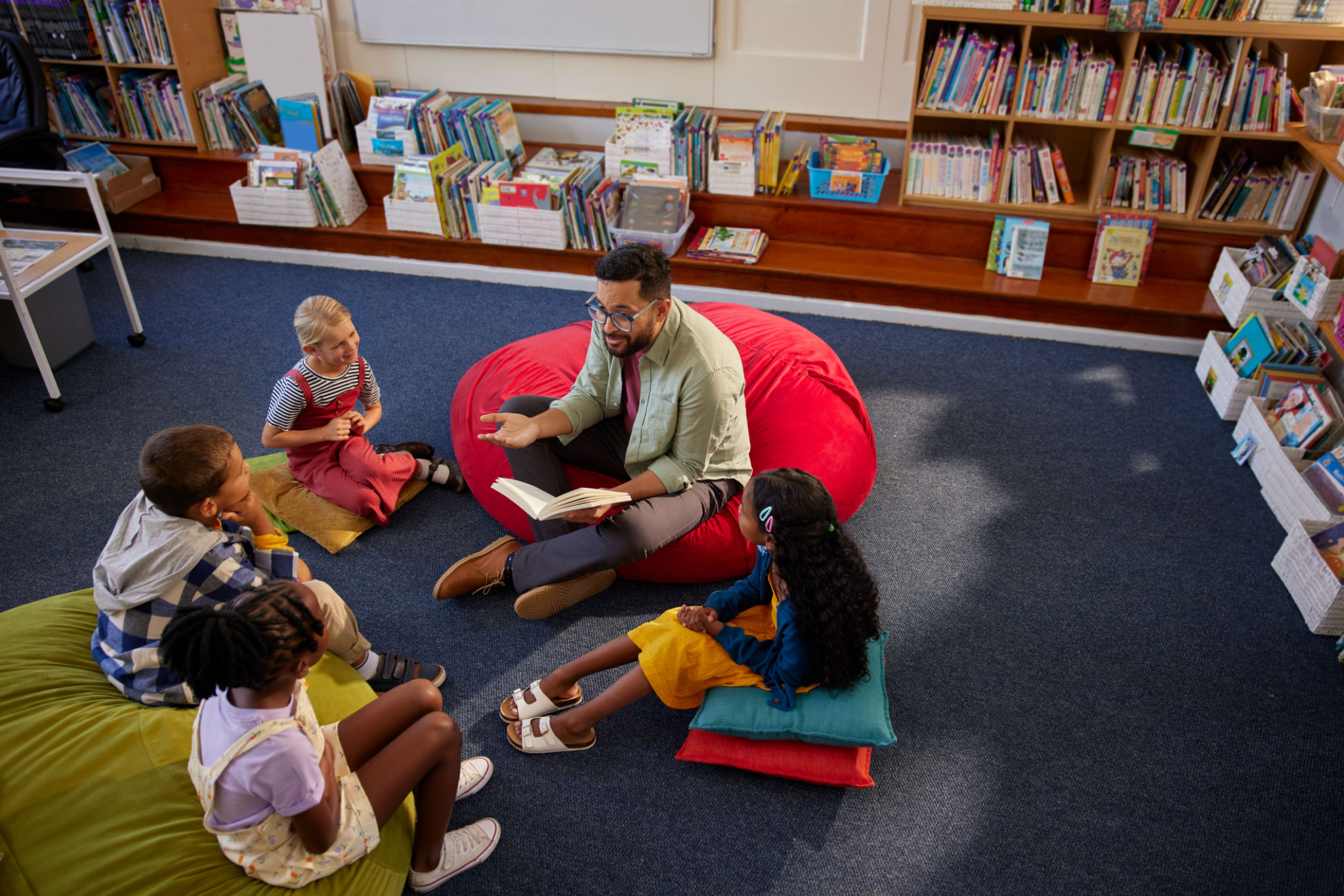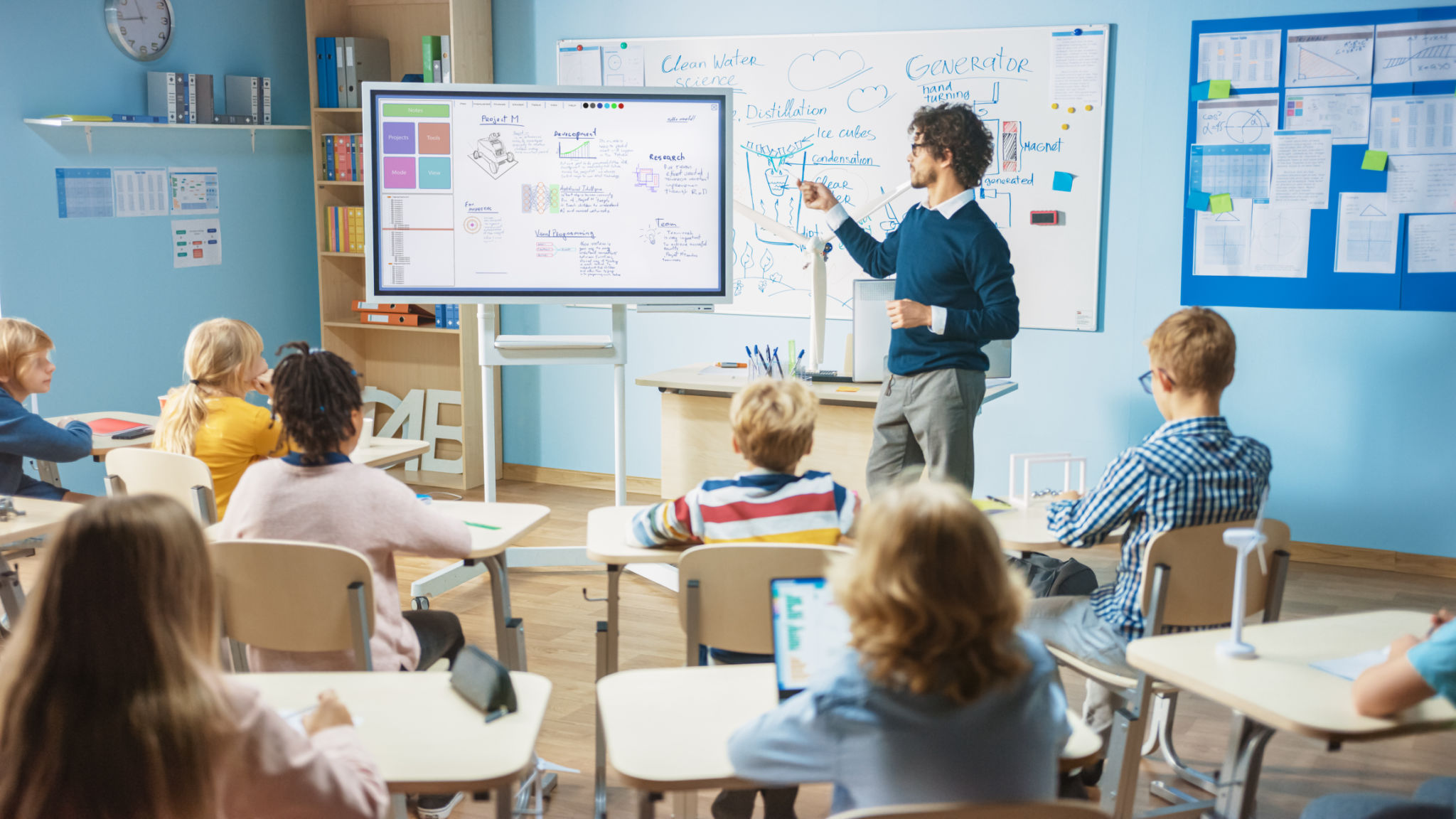The Benefits of Science and Story in Childhood Education Programs
The Power of Science in Early Education
Incorporating science into childhood education programs is more than just a trend. It is a foundational element that fosters curiosity and critical thinking. Children are naturally inquisitive, and engaging them with scientific concepts from a young age can nurture their sense of wonder about the world around them. By introducing scientific exploration through fun and interactive activities, educators can help students develop problem-solving skills that are crucial for their future academic success.
Science education encourages children to ask questions, make observations, and conduct experiments. These activities not only build a solid understanding of scientific principles but also enhance cognitive development. Furthermore, early exposure to science can spark lifelong interest in STEM fields, which are increasingly important in today's technology-driven world.

The Role of Storytelling in Education
Storytelling, on the other hand, plays a crucial role in developing communication skills and emotional intelligence. Through stories, children learn to empathize with characters, understand complex emotions, and express their own feelings. This aspect of education is vital as it helps in shaping their social skills and moral compass.
Moreover, storytelling enhances language development and literacy skills. When children listen to or read stories, they are exposed to new vocabulary and sentence structures. They also develop listening skills and learn to follow a narrative thread, which are essential components of effective communication.

Combining Science and Storytelling
When science and storytelling are integrated into childhood education programs, they create a harmonious learning environment that appeals to various learning styles. This combination can make abstract scientific concepts more relatable and easier to understand. For example, a story about an adventurous scientist exploring the jungle can introduce children to biology and ecology in an engaging way.
By weaving stories into scientific lessons, educators can capture children's imaginations while teaching them important concepts. This approach not only makes learning fun but also helps students retain information more effectively. The narrative context provides a framework that makes complex ideas more accessible and memorable.

Practical Benefits for Educators
For educators, blending science with storytelling offers practical benefits. It provides a diverse range of teaching methods that can cater to different interests and abilities. This flexibility allows teachers to create inclusive lesson plans that engage all students, regardless of their preferred learning style.
Additionally, using stories to teach science can help educators address various educational standards and learning objectives creatively. By designing lessons around narratives, teachers can ensure that students meet curriculum goals while enjoying the learning process.
Fostering a Lifelong Love for Learning
The ultimate benefit of integrating science and storytelling into early education is fostering a lifelong love for learning. When children associate education with exploration and adventure, they are more likely to develop a positive attitude toward learning. This enthusiasm can drive their academic pursuits and personal growth throughout their lives.
Moreover, the skills gained from this integrated approach—such as critical thinking, creativity, empathy, and communication—are invaluable in any field or career path. By laying this foundation early on, educators are equipping children with the tools they need to succeed in an ever-changing world.

Conclusion
In conclusion, the benefits of combining science and storytelling in childhood education programs are numerous and profound. This innovative approach not only enhances academic skills but also supports emotional and social development. By creating a dynamic and engaging learning environment, educators can inspire the next generation of thinkers, innovators, and leaders.
As we continue to explore new educational strategies, it is crucial that we recognize the power of science and story in shaping young minds. By investing in these methods, we are investing in a brighter future for our children and society as a whole.
